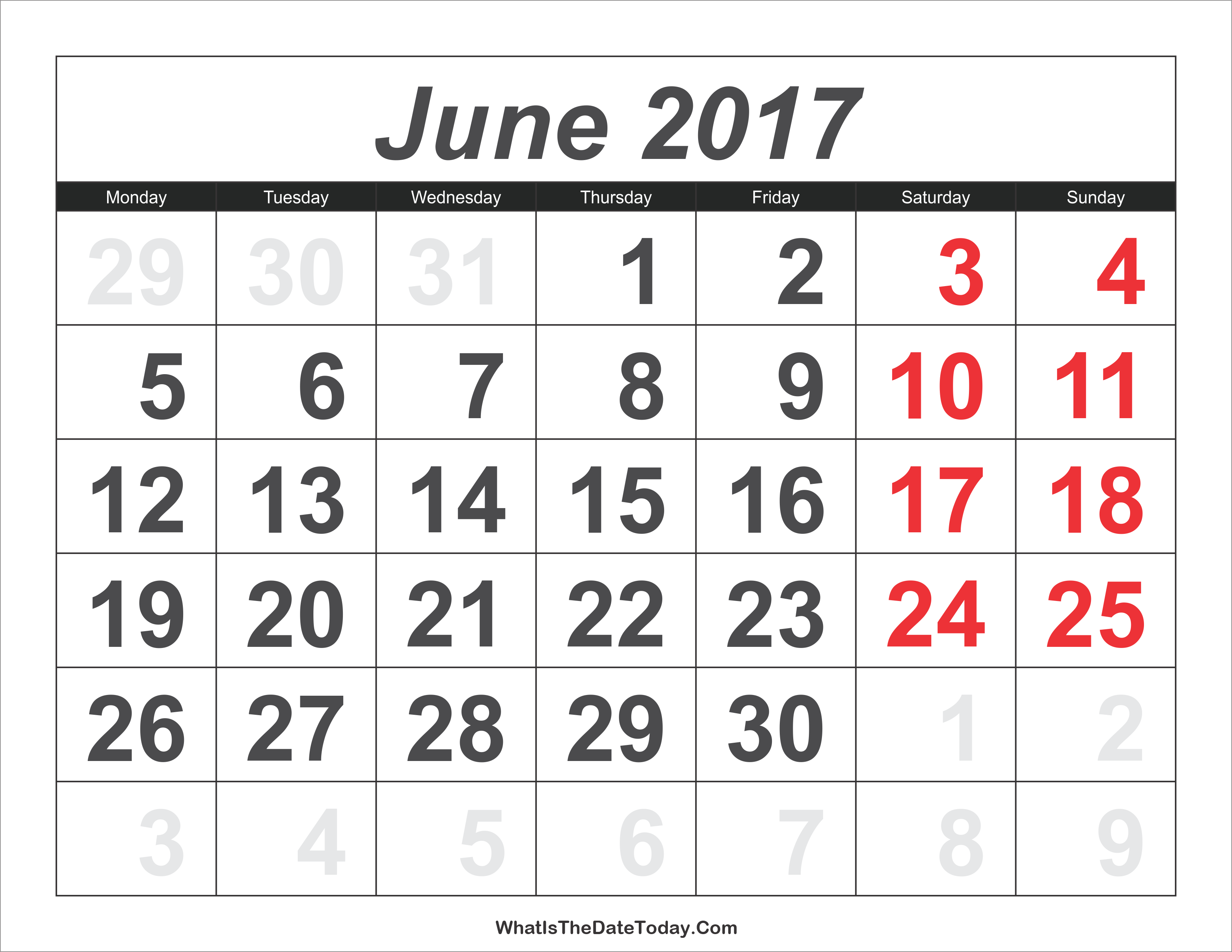

Baháʼís interpret this formula as a specification of the vernal equinox, though where that should be determined was not defined. Baháʼu'lláh set Naw-Rúz to the day on which the sun passes into the constellation Aries. In the Kitáb-i-Aqdas (1873) Baháʼu'lláh made Naw-Rúz the first day of the year, and also clarified the position of the Intercalary days to immediately precede the last month. Around 1870, he instructed Nabíl-i-Aʻzam, the author of The Dawn-Breakers, to write an overview of the Badíʿ calendar. īaháʼu'lláh, the founder of the Baháʼí Faith, who claimed to be the one prophesied by the Báb, confirmed and adopted this calendar. The calendar contains many symbolic meanings and allusions including connections to prophecies of the Báb about the next Manifestation of God termed He whom God shall make manifest.

The first day of the early implementation of the calendar year was Nowruz, while the intercalary days were assigned differently than the later Baháʼí implementation.
#Calendar 2017 by week number plus
It used a scheme of 19 months of 19 days (19×19) for 361 days, plus intercalary days to make the calendar a solar calendar. An early version of the calendar began to be implemented during his time. The Baháʼí calendar started from the original Badíʿ calendar, created by the Báb in the Kitabu'l-Asmáʼ and the Persian Bayán (5:3) in the 1840s.


 0 kommentar(er)
0 kommentar(er)
